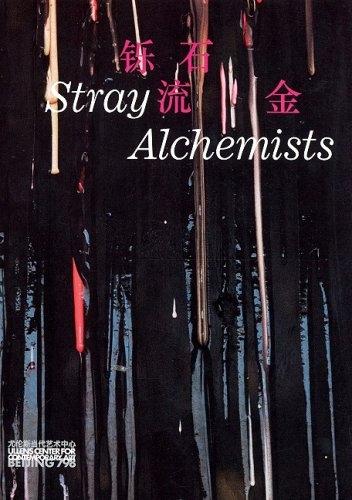Polvo

Varejãos fascination with miscegenation and skin colour is explored in this previously unpublished work, which takes the form of a double deck of cards. Here she addresses the notion of interracial identity in her native Brazil. While the Brazilian census traditionally divides its population into five groups according to predefined skin tone patterns (white, black, yellow, red (or indigenous) and pardo*), in 1976 it posed an open question: What is your colour? The result was 136 self-definitions. Some of the terms sound poetic or unusual, more figurative than literal, or belong to a specific cultural context. But the survey and its representation of the diversity of skin tones also seems to uncover Brazils latent racism in an unconventional way.
This list of names and expressions, open to a free interpretation of the corresponding colours, was the origin of this artists book.
Born in 1964, Adriana Varejão currently lives and works in Rio de Janeiro, Brazil. Her practice centers on the use of cracked ceramic tiles, which the artist both depicts in paint and uses as literal components in her work. A baroque sense of simulation and contemporary ruin infuses her oeuvre, alongside a meticulous attention to craft. Varejãos major themes include plurality, hybridization, history, memory, and colonialism as they relate to her native Brazil. She frequently employs a motif of blue-and-white azulejo tiles, which were brought to Brazil by Portuguese colonizers; in some works, Varejão recreates their intricate patterns in oil paint and plaster on canvas, while other sculptures and installations feature ruptured tile that exposes bloody viscera beneath. Varejão has been the subject of solo exhibitions at Dallas Contemporary, the Museu de Arte Moderna de Rio de Janeiro, the Fondation Cartier, and the Institute of Contemporary Art, Boston. Her work belongs in the collections of the Guggenheim Museum, the Metropolitan Museum of Art, the Museu de Arte Moderna de São Paulo, the Stedelijk Museum, the S.M.A.K. Museum of Contemporary Art, and Tate Modern, among others.
(*) Generic term that does not define a specific race or colour, used to describe varied and indistinct mixtures between whites, blacks and/or indigenous people.
Hay existencias



